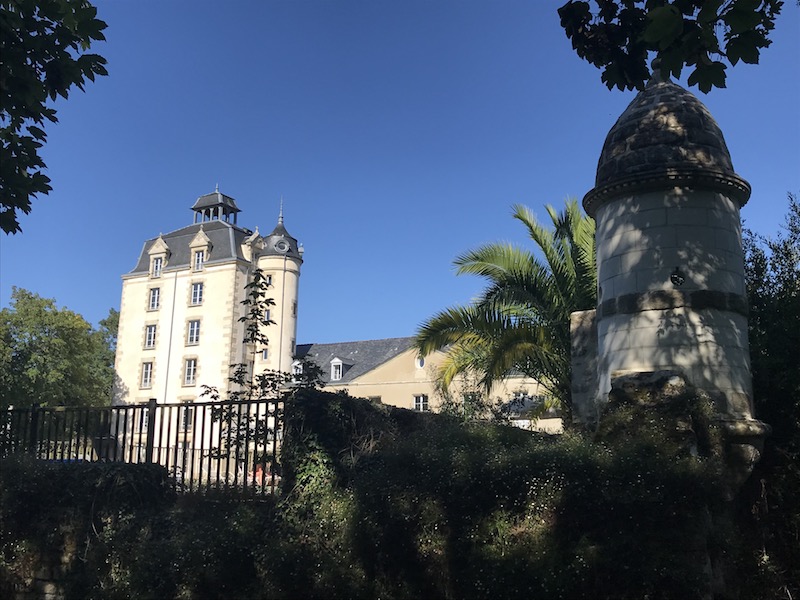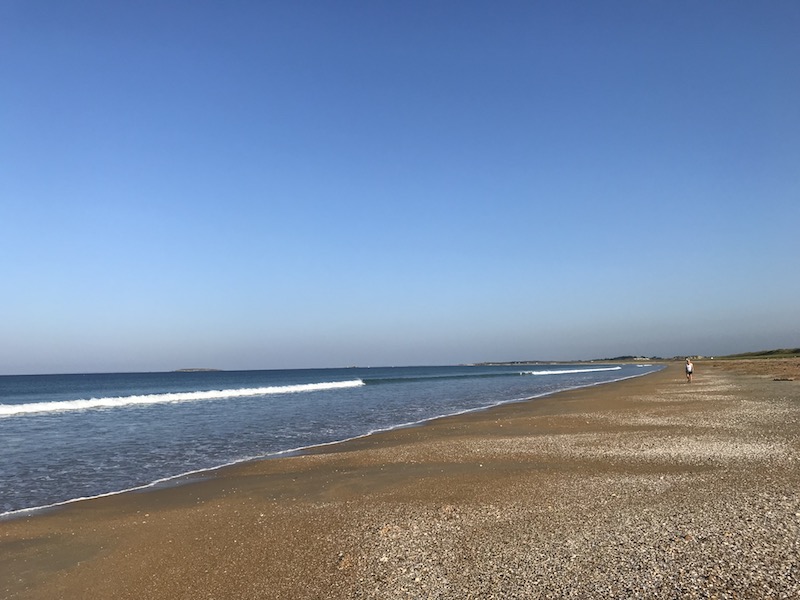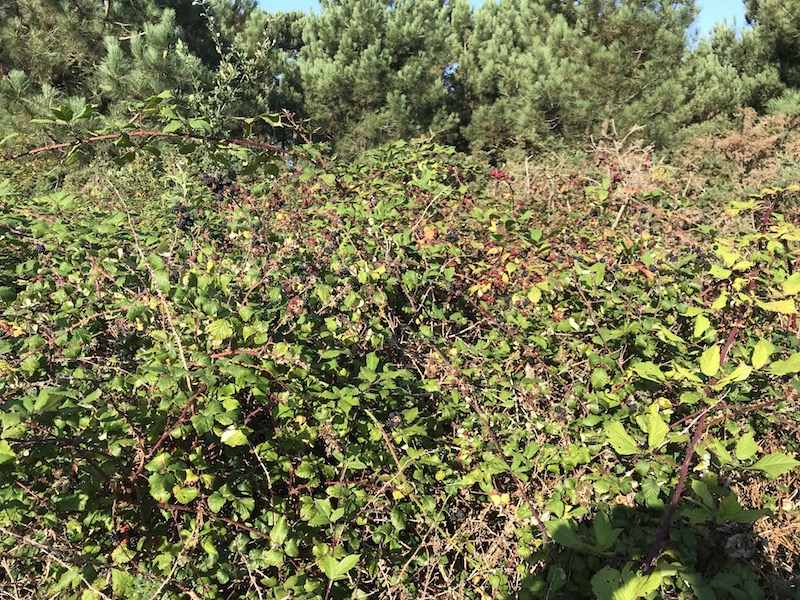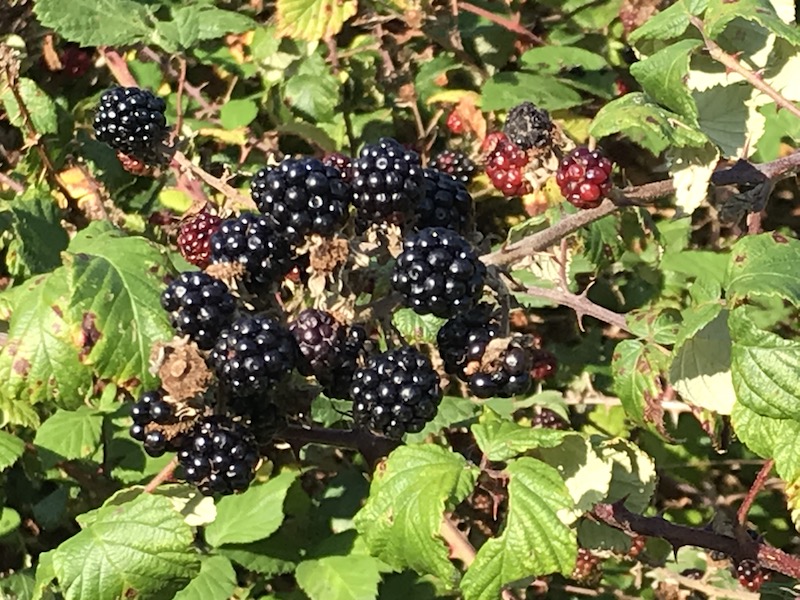Our Blog - Bretagne Trip - Summer 2021 - Part 2
Morbihan
The second 2 weeks were spent in the department of Morbihan. Morbihan is the southernmost department of Brittany and sits along the Atlantic coast. It is noted for its Carnac stones, which predate and are more extensive than Stonehenge in England.
We tried to get out of the gîte a little early because during the summer, all of the gîtes tend to have the same check-in/check-out policy. They have a 1-week minimum stay and that week runs from Saturday to Saturday. So everybody who has rented a gîte has to check-out by 10am on Saturday, and then everybody is on the same roads. Lucky for us, the owner checked us out basically the night before and we could leave whenever we wanted. We left and headed to the city of Concarneau, which sits right on the water (like a lot of places we visited on this trip). One of the unique things here is the "enclosed" city, which is where we started.
We spent the last 2 weeks of our trip in a gîte next to the Château de Keravéon. There seems to have been a castle here since 13th century while this château was built in the 14th century and reconstructed 19th century. The main part that you see here is the North Tower (19th century), the main 17th century building (the lower part), and the watchtower on the right-hand side. There is another enclosure with a large entrance gate to the entire estate, which is about 20 hectares and includes 3 lakes. The château buildings are now a luxury hotel/B&B and the guard house/stables were divided up into gîtes.

In this area of France, there are quite a few groupings of "standing stones", or Menhir's. These large, man-made upright stones typically date from the middle Bronze Age in Europe. Usually these are found in fairly large groups. Dolmen's, on the other hand, typically are found by themselves, and they are a single-chamber megalithic tomb, usually consisting of two or more vertical megaliths supporting a large flat horizontal capstone or "table". Most date from the early Neolithic period. We have a couple days where we visited these, including a set of Megaliths/Menhirs and Dolmens that were just up the road from our gîte.
We continued to take Lucy to various beaches to let her play, especially in the mornings before most of the families ventured out. For our first beach-trip, we didn't venture too far away, heading almost straight to the Atlantic Ocean for the Plage de Kerhillio. This is just up the coast from the Quiberon peninsula, where we stayed last year. If you look at a satellite view, the entire coast is pretty much an uninterrupted beach!
Not necessarily inland, but on the Bay of Quiberon today, at the town of Locmariaquer. This area has quite a few beaches, but also dolmens and megaliths. We walked around the small town and checked out a few things.
Probably the most important historical site in the area are the Carnac stones, thousands of prehistoric (Neolithic period) standing stones spread across three alignments: Ménec, Kermario and Kerlescan. We took the time to book a guided visit, since this is the only way during the summer to actually go inside of the enclosure and get "up-close and personal" with these stones. We only visited the alignments (the lines or rows of stones) right at the Megalith museum where the walking tour was, which I believe were the Alignments of Ménec. From a map, it looked like the ones at Kermario and Kerlescan were not really walking distance!. These pictures may be a little monotonous, since they are stones, stones, and more stones, but here are the famous Carnac stones. We had been to the town of Carnac before, but we stopped and grabbed a few new pictures of the church.
The next day, we found a different area to walk in, this one clearly marked called the Hingair walking circuit. It is an almost 8-kilometer loop that encircles part of Blavet River. Then the town of Hennebont, which also straddles the same river. The river divides the town into two parts: the medieval walled town (Ville Close) and the 17th century "new town" on the left bank, and the oldest site (the "old town") on the right. There are still traces of the medieval ramparts dating from the 13th to 15th centuries as well as a large fortified 15th century gatehouse complete with double-doors with drawbridge slots, known as the Porte du Broërec.
Other than the village where we stayed, we spent more time in the town of Etel and its' beaches than any other place. This was our main go-to place for our Lucy-walks during the last 2 weeks of our stay. We could choose between various sections of the huge beach complex and several walks along the inlet.
Lorient is commonly referred to as "la ville aux cinq ports" or "the city of five ports". The ports there include military, fishing, commercial, passenger and yachting ports. The fishing port is huge, second in catch tonnage of all French fishing ports but first when you add in the cash value of the catch (these numbers were from 2010). It is also one of the main ports for ferries going to a couple nearby islands, carrying almost 1/2 a million passengers. You can see one of the most unique churches that we have seen in Europe in the Lorient blog.
There is a huge stretch of beach from Gâvres down to Plouhinec on the Gâvres peninsula. It is located at the northern end of the Gâvres-Quiberon dune massif, the largest dune cordon in Brittany. A bit of trivia ... the people who live in the town are called Gâvrais but also have a nickname: the Ear Eaters. The origin of this nickname comes from a football match which, in the 1960s, had gone badly and a bored footballer bit the earlobe of an opponent's ear in the middle of game. Not that many pictures, but a few of the Gâvres Beach.
Down the road from the beach is the town of Plouhinec. We had gone through the town several times on our way to other places and finally stopped. It wasn't as interesting as we thought it would be :-) On the other side of the bay from Gâvres is the town and Citadel of Port-Louis. There are several interesting museums in the Citadel but dogs weren't allowed so we just walked around the outside and then through the little town.
We were meeting a new friend from one of the expat groups for lunch one day, and she recommended a little place near the Chateau Suscinio, which was close to where she was staying. She was a very interesting person, splitting her time between the US, Paris, and Brittany. We'll try to meet up with her again, perhaps in January when we head to Paris for a few days. Anyway, it was a really nice castle that has had an amazing restoration done. Only outside pictures and the story for now ... we plan to visit the inside next year!
You are probably tired of beach pictures already, but that is actually were we spent a lot of our vacation! Lucy loves running on the beach and it is quite relaxing for us as well.

After the beach, we did a really nice walk around the Chateau Plessis and then on to the town of Elvin where we visited the Forteresse de Largoët just outside of the village and also took a quick look at the village church. And yes, there were a few Lord of the Rings jokes about the elves spending their summers in Elven.
Another thing that we saw quite a bit while doing our walks were wild blackberries. Huge brambles of wild blackberries, that were getting ripe! A few times, we would pass people out with baskets picking the ripe ones, maybe for a nice blackberry tart.


One of the last things we did was spend the day in and around the town of Auray including the sanctuary of Saint-Anne-d'Auray and a very interesting church outside of town.
Then we headed home, stopping by the towns of Rochefort-en-Terre and Rochefort (also known as Rochefort-sur-Mer).